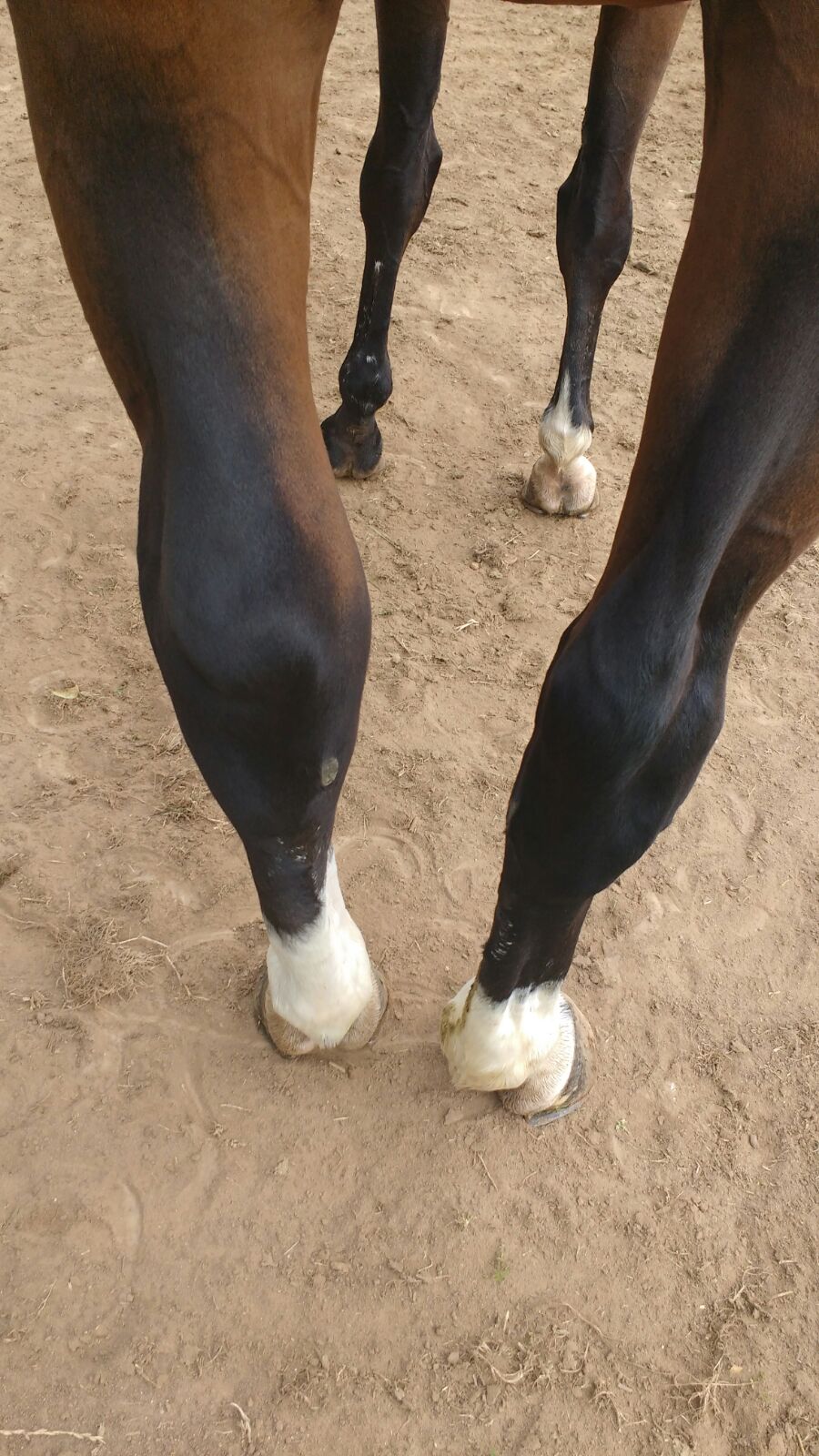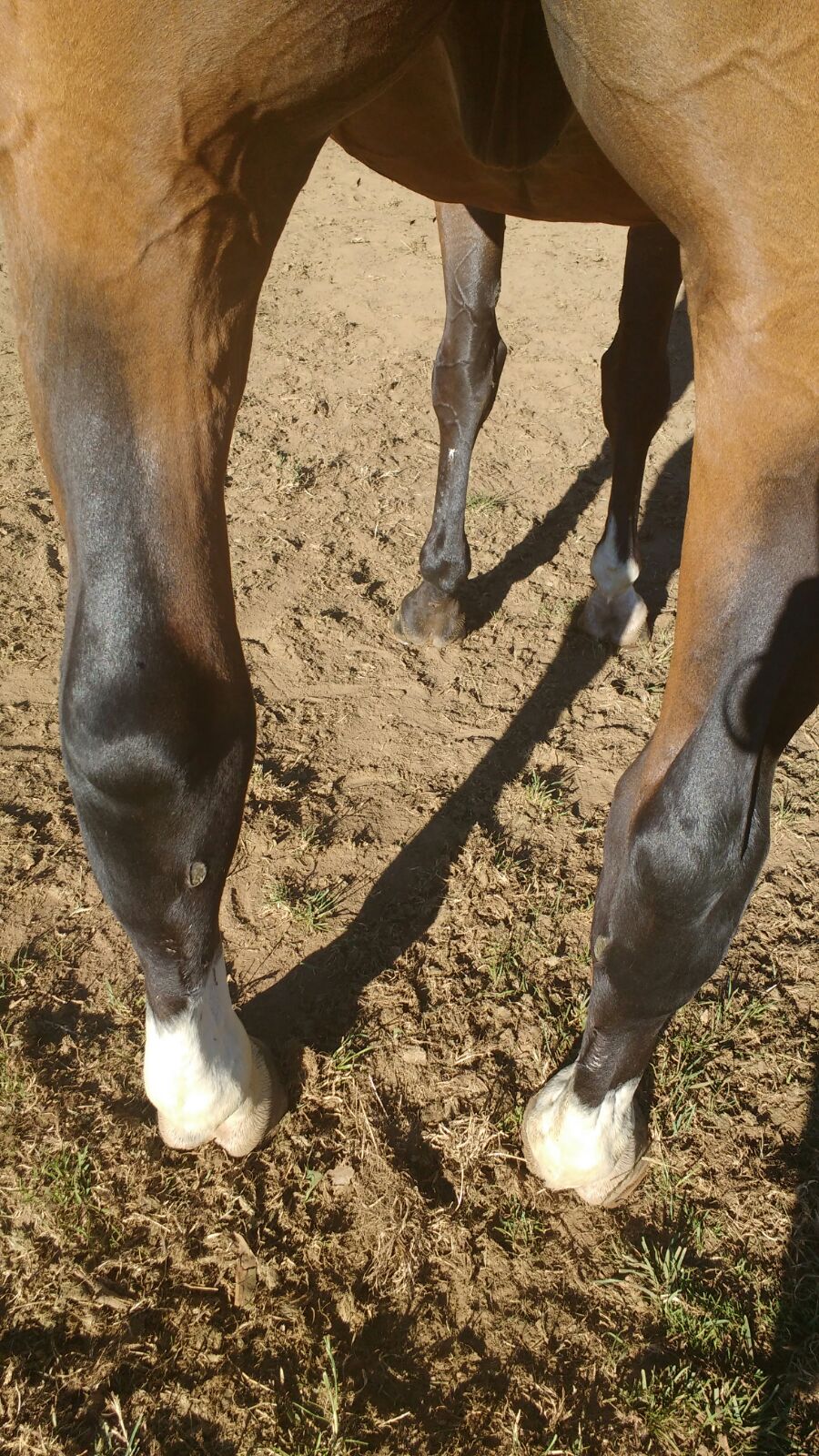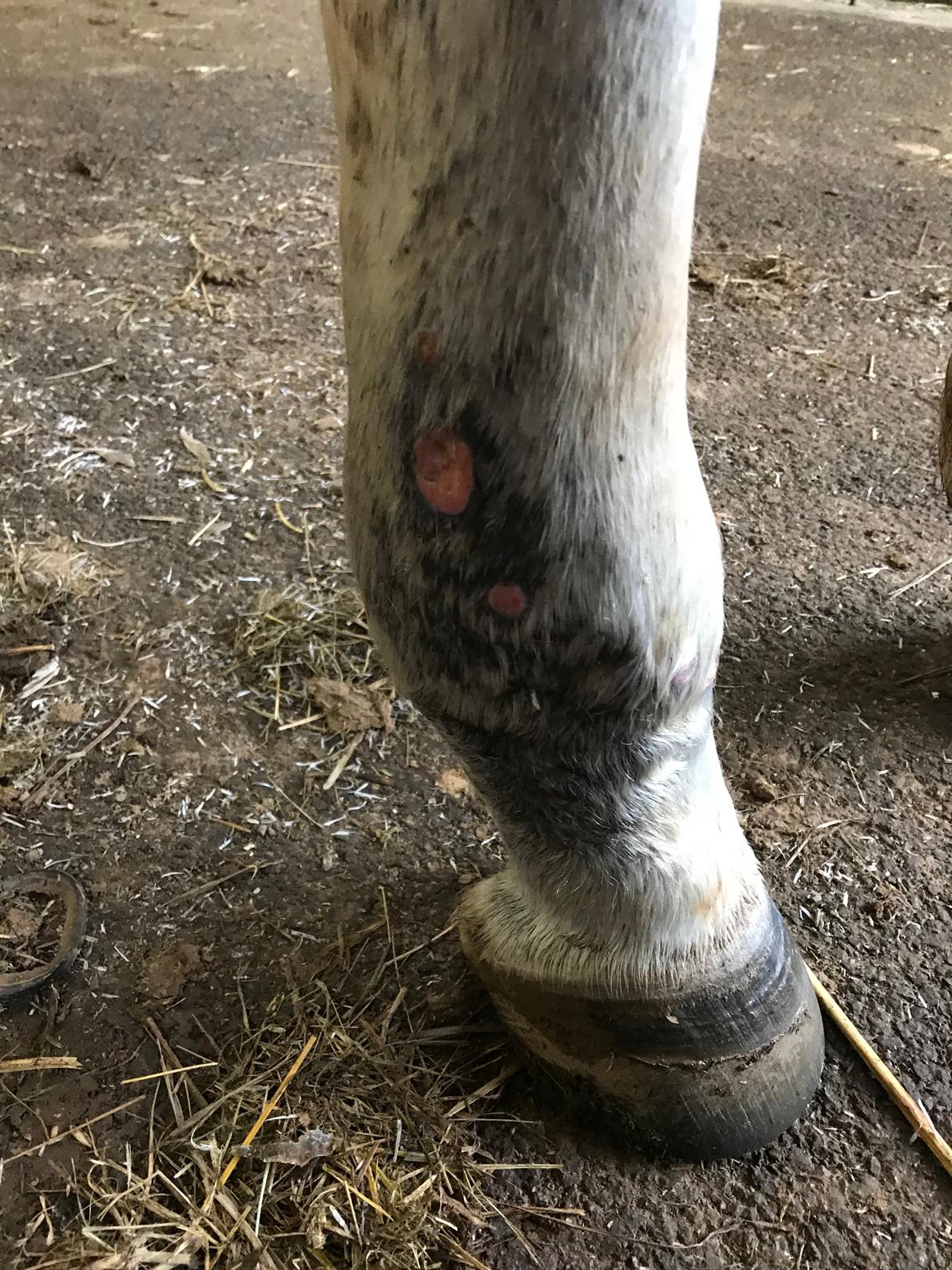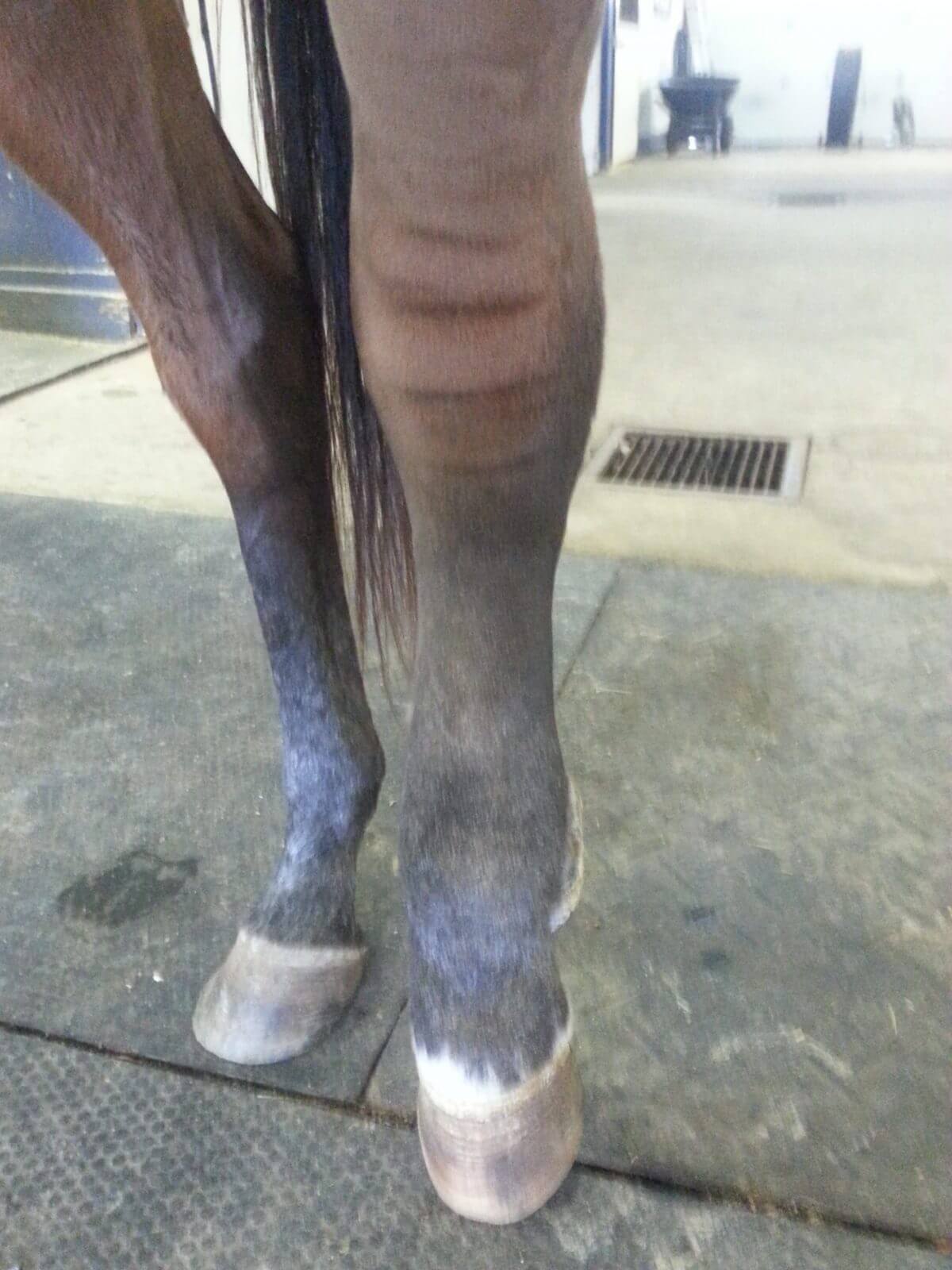Horses are often prone to injuries and ailments, and one common issue that horse owners may encounter is a swollen hock. The hock is a complex joint in the hind limb of a horse, and when it becomes swollen, it can cause discomfort and lameness. It is important for horse owners to understand how to recognize and treat a swollen hock to ensure the well-being and health of their equine companions.
Understanding the Hock and Common Causes of Swelling

The hock joint is made up of several small bones and is crucial for the horse’s movement and agility. It is a weight-bearing joint and is subject to a lot of stress and strain, especially in athletic and working horses. The hock joint can become swollen due to a variety of reasons, including trauma, overexertion, arthritis, infection, or underlying health issues. Understanding the common causes of hock swelling can help horse owners identify and address the problem promptly.
Recognizing the Symptoms
When a horse’s hock is swollen, there are visible signs that indicate an issue. The affected area may appear larger than usual and feel warm to the touch. The horse may exhibit lameness, reluctance to move, or show signs of discomfort when the affected hock is touched or manipulated. In some cases, the horse may also exhibit behavioral changes, such as irritability or aggression due to the pain and discomfort caused by the swelling.
Seeking Veterinary Evaluation
If a horse owner suspects that their horse has a swollen hock, it is crucial to seek veterinary evaluation promptly. A veterinarian can conduct a thorough examination of the affected hock, including physical palpation, flexion tests, and possibly imaging studies such as X-rays or ultrasound to determine the underlying cause of the swelling. It is important not to delay seeking veterinary care, as prompt diagnosis and treatment can prevent the condition from worsening and causing further complications for the horse.
Treatment Options for Swollen Hocks

Once a swollen hock has been diagnosed, the veterinarian will recommend a treatment plan based on the underlying cause of the swelling and the severity of the condition. Treatment options may include:
Rest and Reduced Activity
In many cases, a horse with a swollen hock will require a period of rest and reduced activity to allow the affected joint to heal. This may involve confining the horse to a stall or small paddock to limit movement and prevent further strain on the hock joint. Adequate rest is essential for the healing process and can help prevent exacerbating the swelling.
Anti-Inflammatory Medications
The veterinarian may prescribe anti-inflammatory medications to reduce pain and swelling in the hock joint. Non-steroidal anti-inflammatory drugs (NSAIDs) are commonly used to alleviate discomfort and improve the horse’s mobility during the healing process. It is important to follow the veterinarian’s dosage instructions and monitor the horse for any adverse effects while on medication.
Physical Therapy and Rehabilitation
In some cases, the veterinarian may recommend physical therapy and rehabilitation exercises to promote healing and improve the horse’s range of motion in the affected hock joint. This may include gentle stretching, controlled exercise routines, and possibly the use of supportive wraps or bandages to provide additional stability and support to the hock.
Joint Injections
For hock swelling caused by arthritis or inflammation, the veterinarian may recommend intra-articular joint injections to deliver targeted medication directly into the affected hock joint. This can help reduce inflammation and alleviate pain, providing relief for the horse and improving the overall condition of the joint.
Supportive Care and Management
In addition to specific treatments, it is important to provide supportive care and management for a horse with a swollen hock. This may include ensuring a clean and comfortable environment, proper hoof care, and a balanced diet to support the horse’s overall health and well-being during the recovery period.
Preventing Swollen Hocks in Horses

While some causes of hock swelling may be unavoidable, there are measures that horse owners can take to help prevent this condition in their equine companions.
Proper Conditioning and Training
Gradual and appropriate conditioning and training can help build the horse’s strength and flexibility, reducing the risk of overexertion and strain on the hock joint. It is important to implement a well-rounded training program that includes warm-up and cool-down routines, as well as regular rest periods to allow the horse’s body to recover.
Regular Veterinary Check-Ups
Regular veterinary check-ups and preventive care can help identify and address any underlying health issues that may contribute to hock swelling. This includes routine hoof care, dental exams, and vaccinations to maintain the horse’s overall health and well-being.
Proper Footing and Environment
Providing a safe and suitable environment with proper footing can reduce the risk of slips, falls, and other traumatic injuries that may affect the hock joint. Ensuring that the horse’s living and working spaces are free from hazards and obstacles can help minimize the risk of accidents and injuries.
Appropriate Nutrition and Supplements
A balanced diet rich in essential nutrients and appropriate supplements can support the horse’s musculoskeletal health and overall immunity, reducing the likelihood of developing conditions that may lead to hock swelling.
If you’re dealing with a swollen hock on your horse, it’s important to provide the right treatment. Additionally, learning about proper horse care and handling can be beneficial. Check out our articles on how to put a horseshoe on a horse, how to measure a horse for a bridle, and how to tie a rope halter on a horse for more valuable insights into horse care and handling!
Conclusion

Treating a swollen hock in a horse requires prompt veterinary care, a targeted treatment plan, and supportive management to promote healing and restore the horse’s mobility and comfort. By understanding the common causes of hock swelling, recognizing the symptoms, and implementing preventive measures, horse owners can help minimize the risk of their equine companions developing this painful condition. With proper care and attention, horses with swollen hocks can recover and return to their normal activities with improved joint health and well-being.



